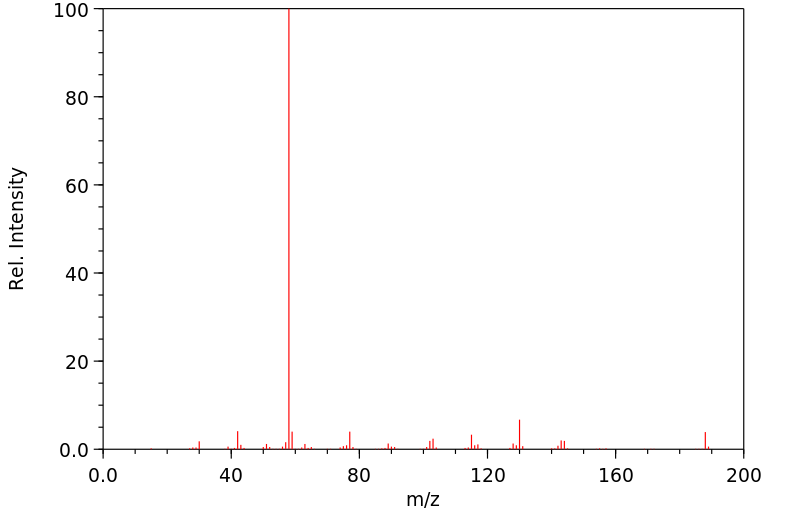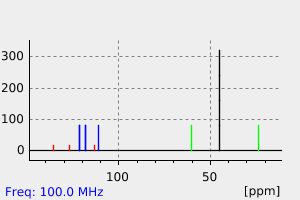代谢
经腹腔给药后,5-甲氧基-N,N-二甲基色胺和N,N-二甲基色胺在所检测的所有组织中均呈现出非常迅速的吸收和清除。当前的体内研究证实了之前的体外观察,即这些化合物的代谢途径包括氧化脱氨、N-去甲基化、O-去甲基化和N-氧化。通过对各种组织中的代谢轮廓进行分析,识别出了N-氧化物作为主要代谢物...
Following intraperitoneal administration, 5-methoxy-N,N-dimethyltryptamine and N,N-dimethyltryptamine are subject to both a very rapid uptake into, and clearance from, all tissues examined. The current studies in vivo confirm previous in vitro observations that the routes involved in the metabolism of these compounds include oxidative deamination, N-demethylation, O-demethylation, and N-oxidation. The analysis of metabolic profiles in various tissues led to the identification of the N-oxides as major metabolites...
来源:Hazardous Substances Data Bank (HSDB)








